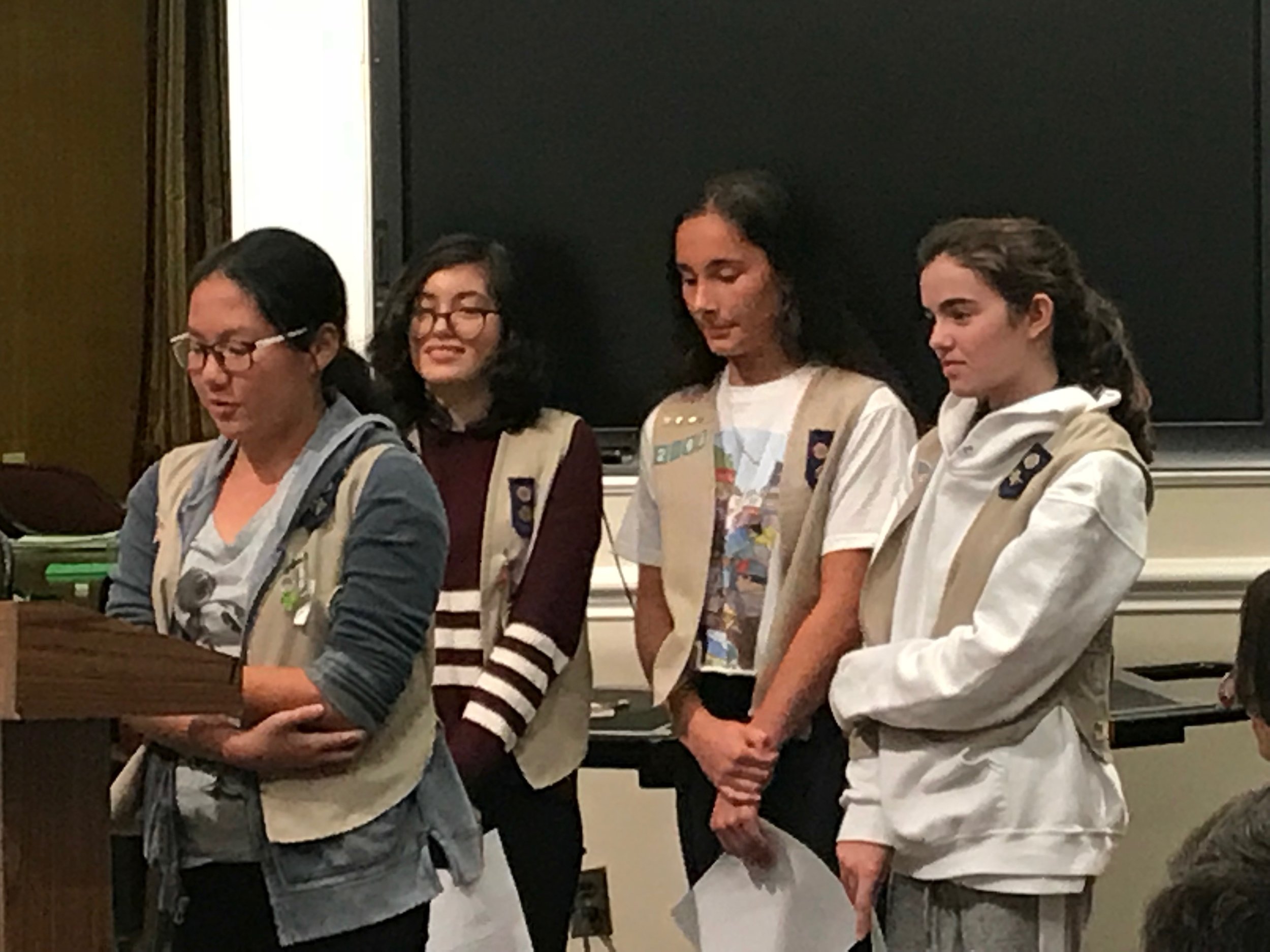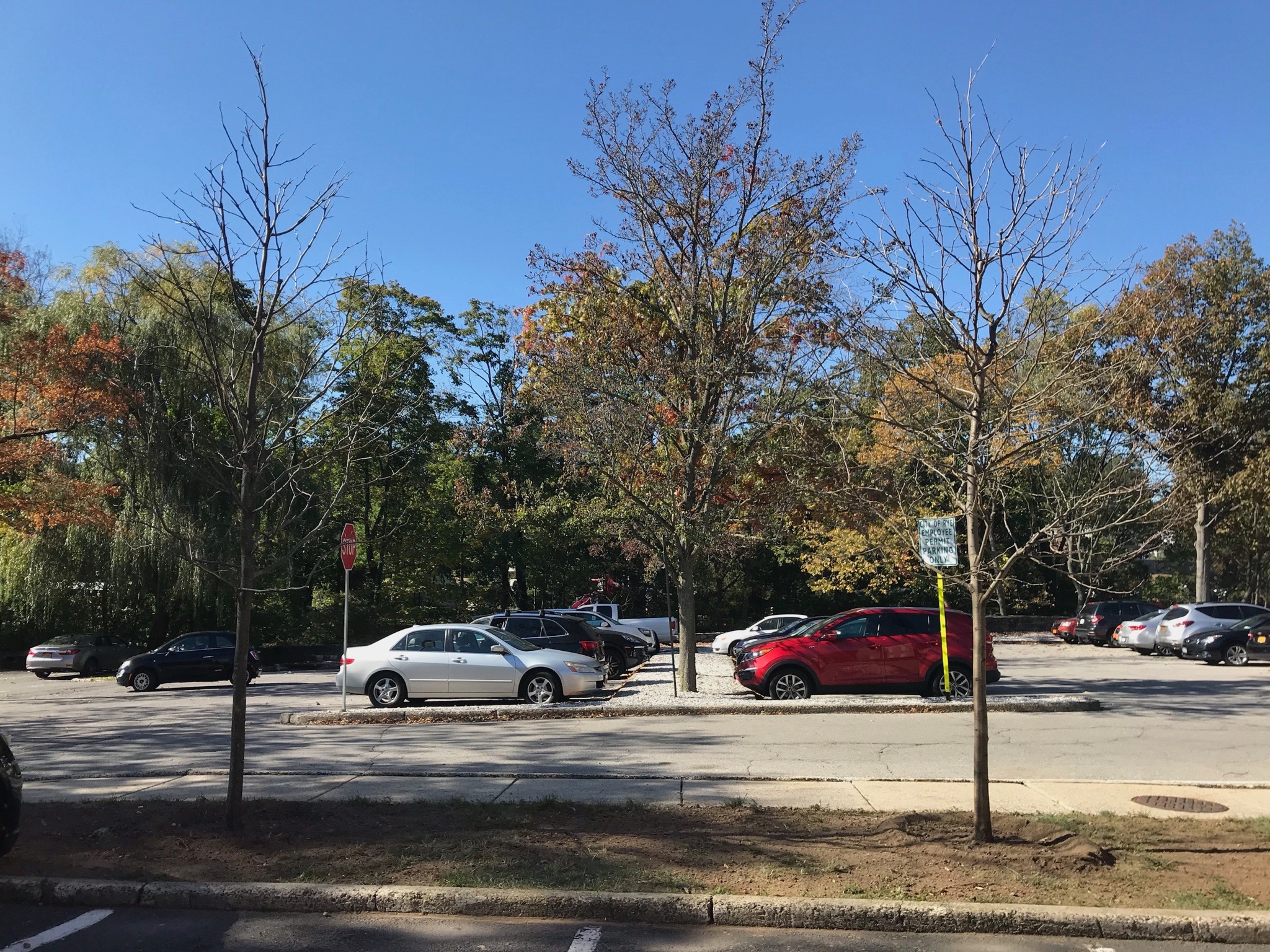Press Release
The City of Rye Earns Clean Energy Community Designation for its Commitment to Cut Costs and Reduce Energy Consumption
The City of Rye (Rye) today announced it has been designated a Clean Energy Community by the New York State Energy Research and Development Authority (NYSERDA), recognizing its leadership in reducing energy use, cutting costs and driving clean energy locally.
Announced by Governor Cuomo in August 2016, the $16 million Clean Energy Communities initiative supports local government leaders across the state by providing grants to eligible municipalities to implement energy efficiency, renewable energy and sustainable development projects in their communities. Clean Energy Communities advances the Governor’s Reforming the Energy (REV) strategy by demonstrating the importance of communities in helping New York reach its Clean Energy Standard mandate of having half of the state’s electricity coming from renewable energy resources by 2030.
Rye received the designation for completing four of 10 high-impact clean energy actions identified by NYSERDA as part of the Clean Energy Communities initiative. In addition, the designation gives Rye an opportunity to apply for up to $5,000 toward additional clean energy projects, with no local cost share.
“The City of Rye is grateful to the New York State Energy Research and Development Authority for this recognition and the related grant opportunity. The City thanks the Rye Sustainability Committee (and especially Linda Mackay) and City staff for doing the hard work that has brought us the many benefits of being a Clean Energy Community,” said Josh Cohn, Mayor, City of Rye.
“Congratulations to the City of Rye for its Clean Energy Community designation and for helping to build a cleaner and more sustainable New York,” said Alicia Barton, President and CEO, NYSERDA. “Communities are at the heart of the state’s efforts, under the leadership of Governor Cuomo, to achieving our ambitious energy efficiency goals and combating climate change.”
To earn the Clean Energy Community designation, Rye completed the following high-impact clean energy actions:
LED Street Lights - Converted street lights to energy efficient LED technology (1038 bulbs replaced with LED).
Clean Fleets - Installed electric vehicle (EV)charging stations or deploy alternative fuel vehicles (Rye purchased four EV’s: Chevy Bolts; April 2018).
Energy Code Enforcement Training - Trained compliance officers in energy code best practices (three employees from Rye attended in April 2018).
Energize New York Finance - Offered energy upgrade financing to businesses and non-profits (Rye became a member of the Energy Improvement Corporation in 2015).
Cities, counties, towns and villages that complete at least four of 10 high-impact clean energy actions are designated Clean Energy Communities and are eligible to apply for funding of up to $250,000 with no local cost share and the option of receiving up to 25 percent paid in advance to support additional clean energy projects. At least two of the four actions must have been completed after August 1, 2016. NYSERDA is accepting applications for funding on a rolling basis through September 30, 2019 or until funds are exhausted, whichever comes first. Funds are being provided through the Clean Energy Fund and the Regional Greenhouse Gas Initiative.
Additional clean energy action items communities can take to achieve designation include:
Performing energy efficiency and renewable energy upgrades to municipal buildings.
Implementing Community Choice Aggregation (CCA) so residents can gain greater choice and control over energy use a group.
Earning Climate Smart Communities Certification through the Department of Environmental Conservation (DEC) for developing a comprehensive program to reduce its carbon footprint and improve the environment.
Streamlining the local approval processes for solar projects through adoption of the New York State Unified Solar Permit.
Adopting a benchmarking policy to track and report the energy use of the municipal buildings.
Once all funding is exhausted in a region, local governments designated a Clean Energy Community are eligible to apply for a $5,000 grant, on a first-come, first-serve basis until such funds are exhausted.
Clean Energy Community Coordinators are also available at no charge to help communities to develop and prioritize clean energy goals, access easy-to-use resources such as guidance documents and case studies, and take advantage of available funding and technical assistance opportunities.
Rye Sustainability Committee member commented that “Carla Castillo, from the Hudson Valley Regional Council, was extremely helpful and advised the Rye Sustainability Committee members during the entire process of becoming a Clean Energy Community. We are very grateful for her expertise, responsiveness and enthusiasm!”
For more information on Clean Energy Communities, visit NYSERDA CEC. Local government officials or employees can find contact information for their respective coordinator here for assistance navigating the program.

























































